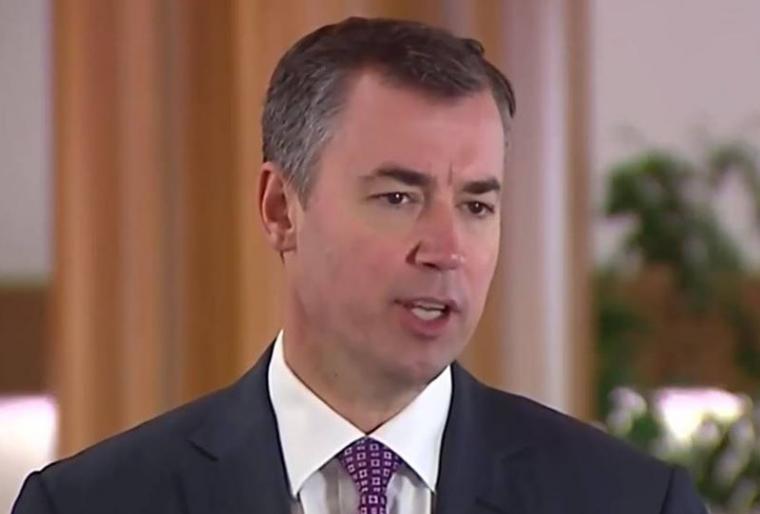An extra $67.2 million earmarked for the government’s digital ID project is just one of several tech investments to be featured in next month’s budget, according to outgoing digital transformation minister Michael Keenan.
Addressing the Australian Information Industry Association on Tuesday, Mr Keenan revealed that next month’s federal budget will include an additional $67.2 million in funding for myGovID, the government’s digital ID project.
With $92.4 million allocated to the project last year, the government has now contributed nearly $170 million to the scheme.

MyGovID is the federal government’s digital identity program, an opt-out scheme to allow Australians a central digital identity to access government services and private sector companies.
The cash injection will be used to launch five more pilots and expand the three existing trials, and to integrate the system with the myGov platform.
“This new investment will allow us to continue to develop the system. This gives us the opportunity to understand our users, incorporate their feedback and continue to fine tune the pilots to make them better and better before making them available to everyone. This process is crucial to making sure that the system is meeting the expectations of Australians,” Mr Keenan said in the speech.
“I strongly believe that digital identity is going to be one of the real game changers of the near future and fundamental to achieving our goals.”
The digital ID is currently being trialled with the ATO for applications for Tax File Numbers, “simplifying the process that currently takes about a month to have it completed in a matter of minutes”, with access to the Australian Business Registry and to access grant management systems.
The speech also marked the first time the government officially confirmed that its digital ID offering will be integrated with the myGov platform, although this has already been widely assumed, especially given its recent name change.
“Integrating digital identity with myGov is a natural next step. This will enable many Australians to choose a simple and secure way to prove who they are and access services conveniently and securely,” Mr Keenan said.
The big cash splash on ID won’t be the only digital-focused spending in the budget, Mr Keenan said, with further investments to be made in projects listed in the government’s Digital Transformation Strategy.
The strategy, which was unveiled in November, is based on the key goal of having every government service available digitally by 2025.
It included more than 100 key projects and milestones, many already announced by the government, to be delivered by about 20 agencies over the next two years.
The budget will include more funding for many of these projects.
“You can look forward to this year’s budget on April 2 for a clear indication of the next wave of investment in our roadmap,” Mr Keenan said.
“Even though it has just been four months since the strategy was launched, I am very pleased to be able to tell you today that more than 42 initiatives have been delivered and are producing measurable outcomes.”
Mr Keenan also hailed the Digital Transformation Agency’s Digital Marketplace as “one of the most successful engagements with industry”, despite widespread criticism and a pledge from the Opposition to fix it.
The minister said that $358 million worth of contracts have been awarded through the marketplace since August 2016, and 73 percent of the dollar value contracted through it has been awarded to SMEs.
“This is a picture of a healthy, vibrant and competitive marketplace that continues to grow,” Mr Keenan said.
“We are committed now and into the future to making it simpler, clearer and faster for government agencies to buy information and communications technology.”
Earlier this month shadow digital economy minister Ed Husic said a rethink of the digital marketplace will be a priority of the Labor Party if it wins the upcoming election, saying it is a “good concept worth pursuing” but that it has not met the initial expectations from industry.
During his address, Mr Keenan also outlined the government’s Sharing Data Safely guidelines, which it released this week while it continues to develop the Data Sharing and Release Act.
The new guidelines will act as the interim rules before the legislation is implemented, outlining a common operating model for government agencies looking to share data.
“These consistent and shared practices for data management will enhance our efforts to unlock the value of the data the public sector holds,” he said.
Do you know more? Contact James Riley via Email.

